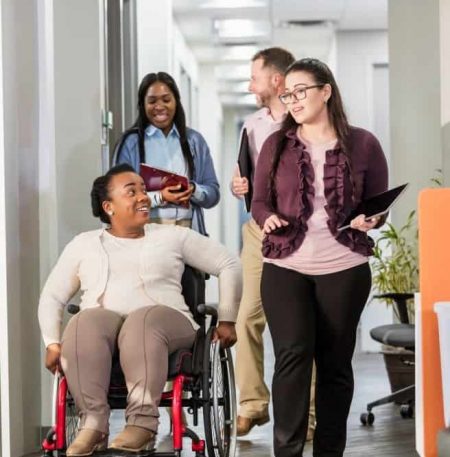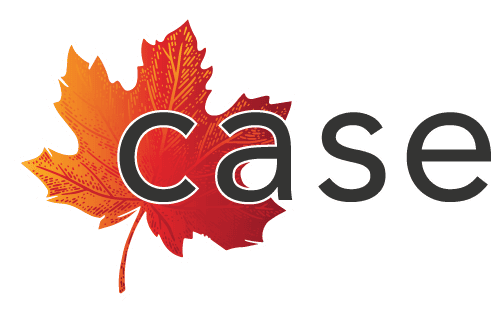Intersectionality in the Workplace
As teams are built within organizations, supporting each team as well as every employee becomes not only more important but also more complex. How existing policies, processes, work culture and other points of impact can include or exclude team members must be part of the organization’s conversation around inclusion, diversity and equity. Multiple factors linked to a person’s identity can affect each individual and the systems with which they interact on a daily basis.
In a discussion with Mike Wing, a prominent disability advocate and member of the 2SLGBTQIA+ community, he identified that when job seekers consider employment options, on the surface they are often seeking the same as everyone else. When looked at through the lens of intersectionality, we begin to see many differences.
"I look to see what the culture of the company is and how they treat other employees. I also look to see if there are opportunities for growth for employees within the company."
Mike Wing

Representation is key at all levels of an organization. Team members and potential team members look to see their future in the organization based on those who currently occupy those spaces. When representation at all levels is an organizational focus, positive corporate culture can be lived every day. We all want a feeling of belonging, so if we can identify with others in the same spaces we occupy, that sense of belonging is increased. As a result, retention and engagement also increase. With higher engagement and retention, organizational service levels and customer satisfaction increase, which in turn lead to higher returns on diversity investment.
When building teams, it can be easy to get tunnel vision and focus on one aspect of inclusion: disability, gender, age or culture, as examples. When we open our thinking and concentrate on representation from multiple views, our teams become more vibrant and diverse. Diversity creates a safer and more welcoming workplace for all people.
Considerations around intersectionality begin where your organization’s journey with prospective employees begins. Representation in branding, advertising and employer’s active community involvement are essential starting points. If intersectionality is only considered in terms of how it affects team members already engaged with the organization, the presumption may be that it’s an afterthought.
Considerations around intersectionality begin where your organization’s journey with prospective employees begins.
Organizational intention is of paramount importance when implementing policies and procedures regarding intersectionality. Equally important is knowing what your team members bring to the table. When people are free to bring their whole selves to work, organizations benefit from a wider pool of ideas, innovative thought processes and increased performance. By integrating intersectionality within our organizational cultures, we can ensure all people are welcomed and feel like they belong. Recognizing and validating all voices and identities can benefit organizational growth and future-proofing for the long run.
Written by Chantelle Painter, a consultant and business and relationship development professional with over 20 years’ experience in corporate retail and non-profit collaboration. Chantelle is skilled in Relationship Building, Coaching, Retail, Customer Satisfaction, Driving and Measuring Engagement, and Policy Development.

